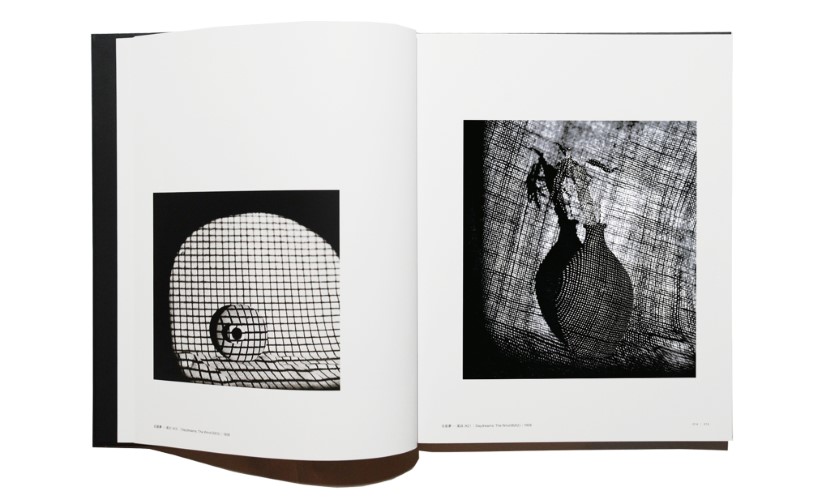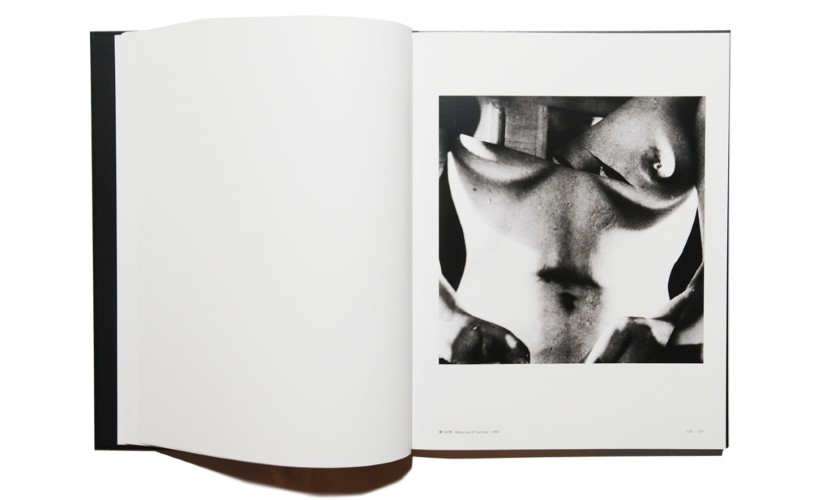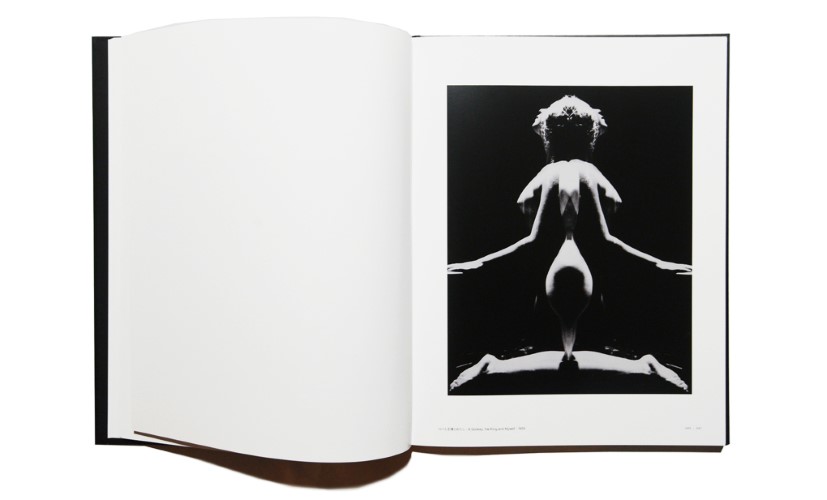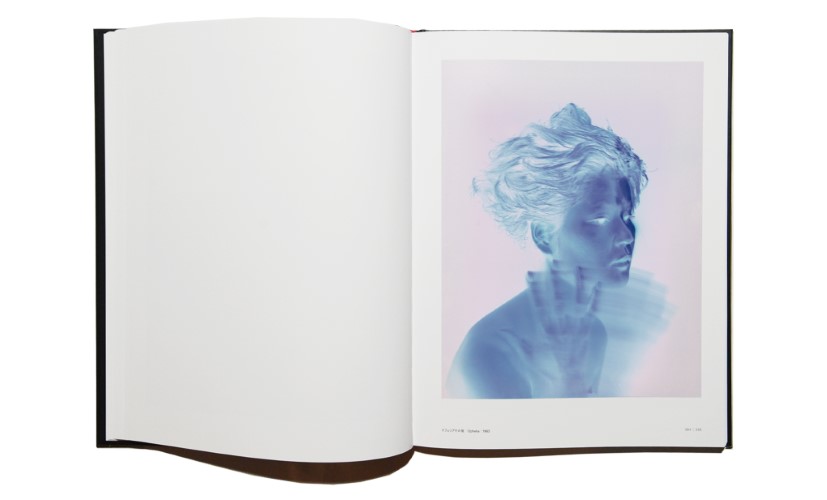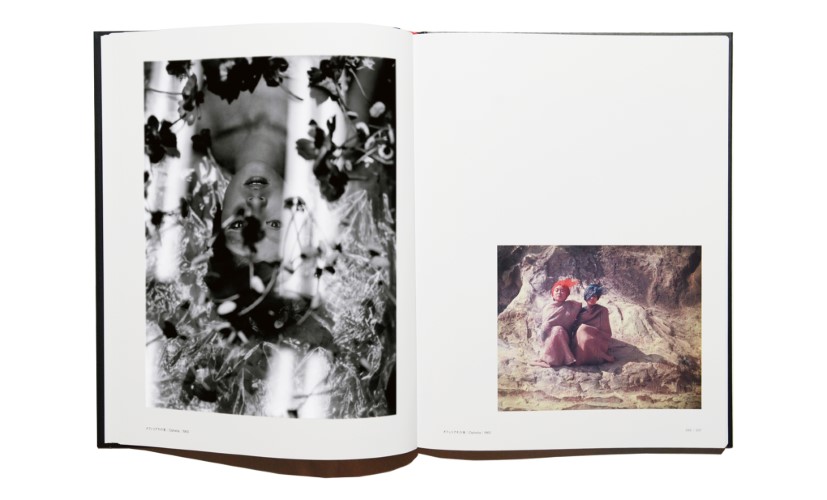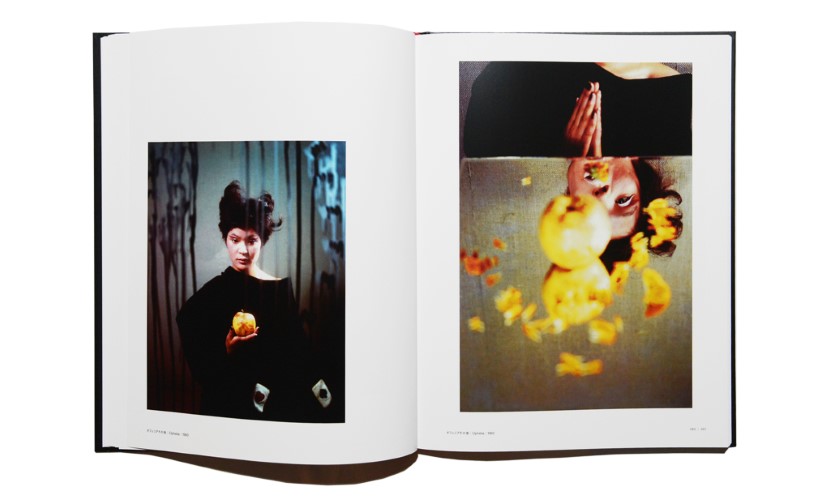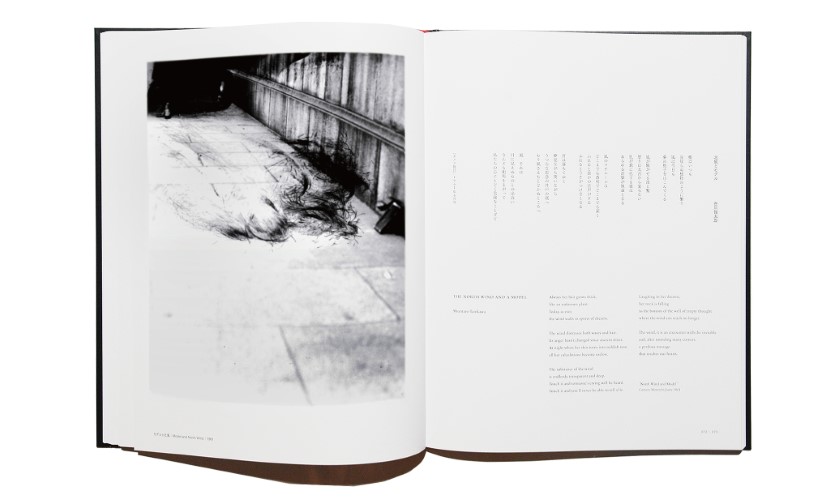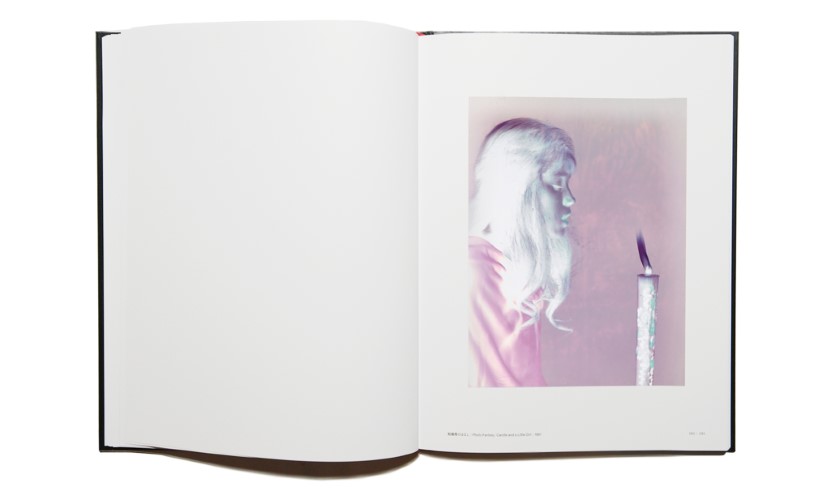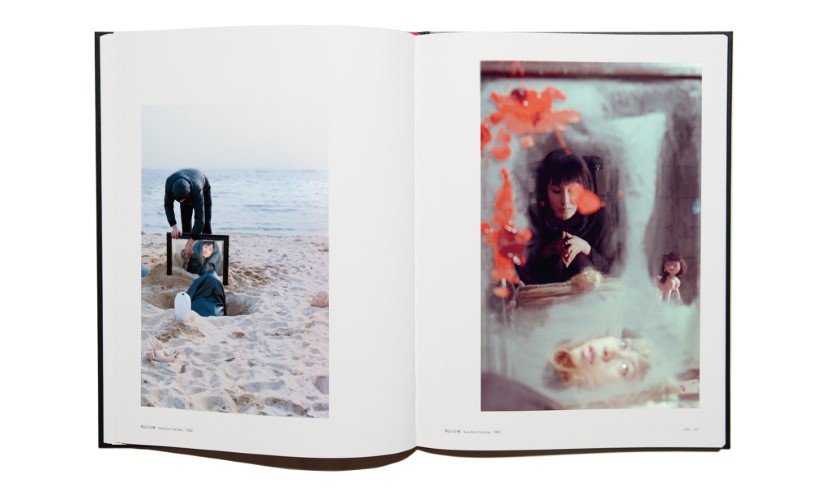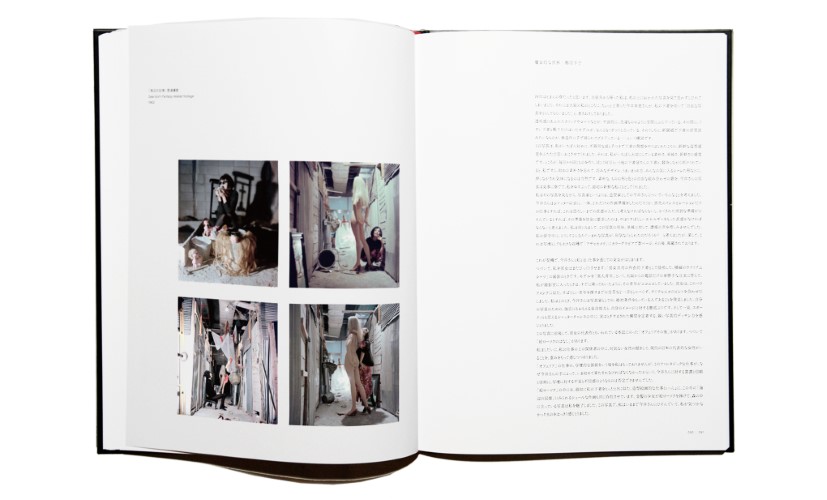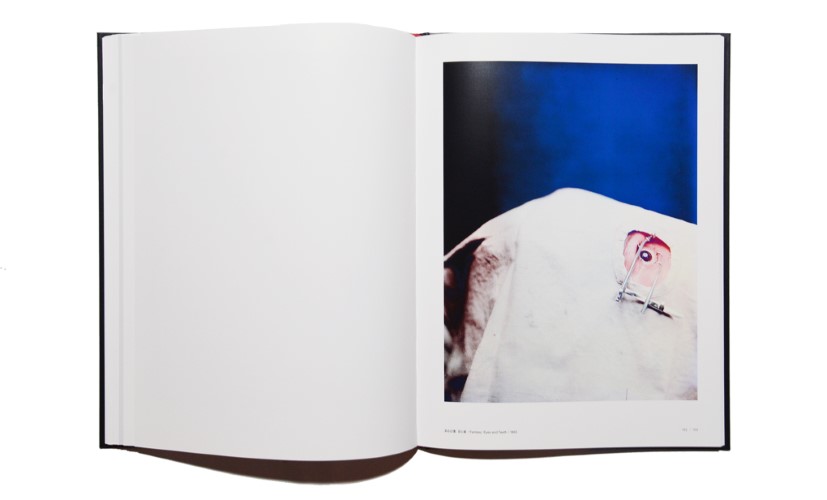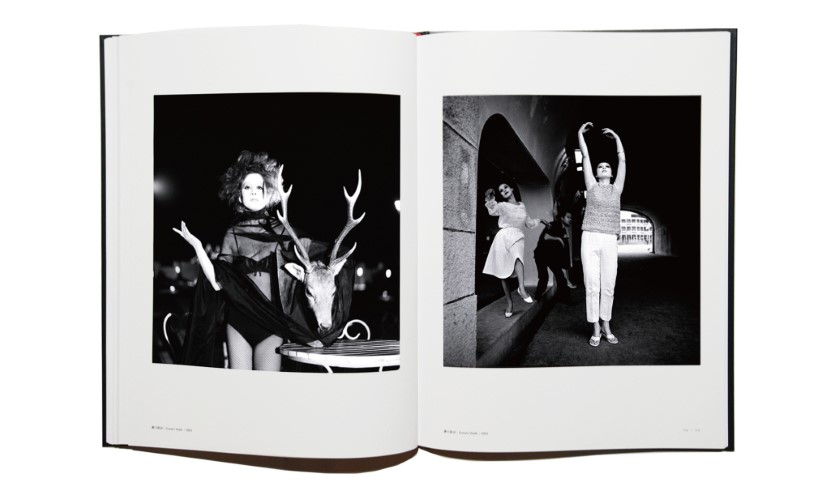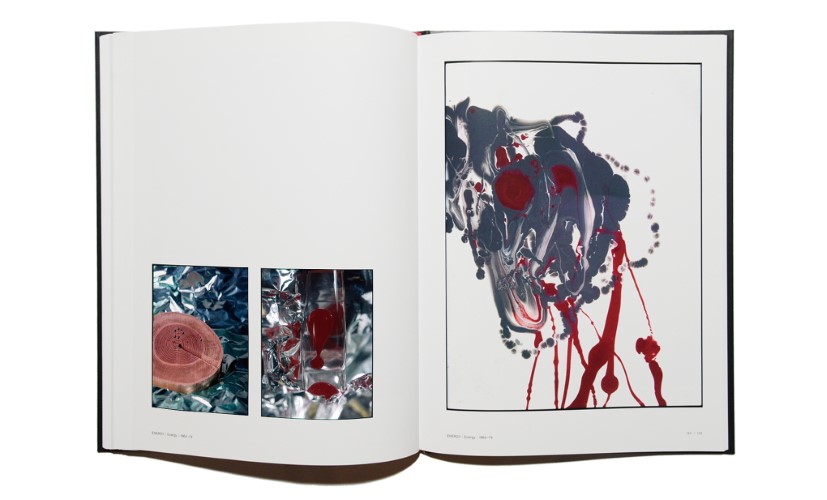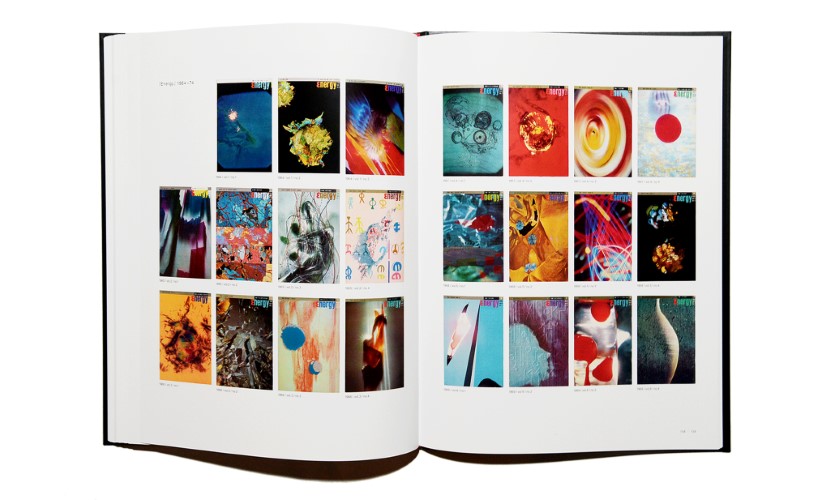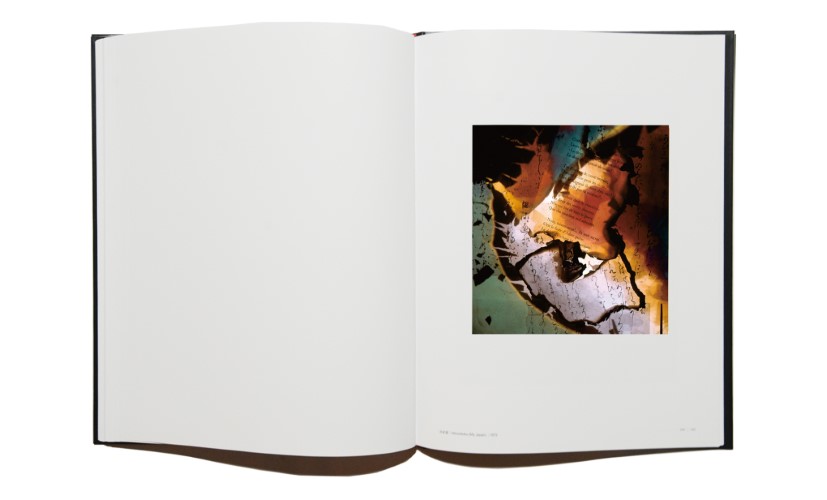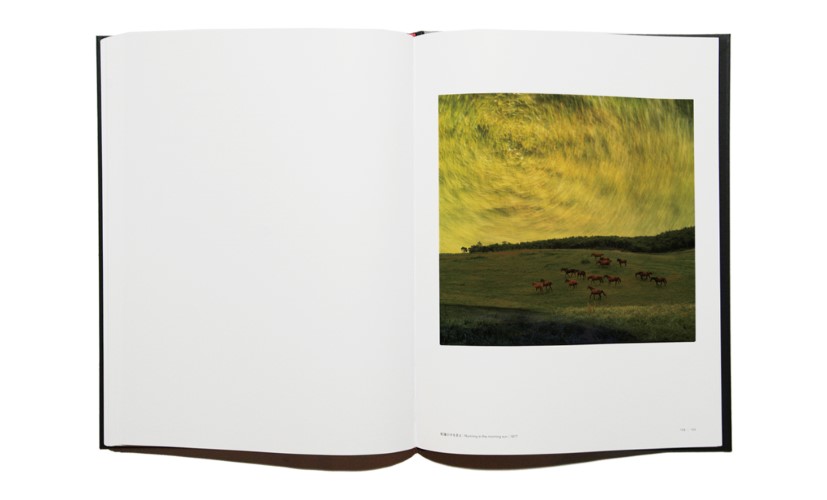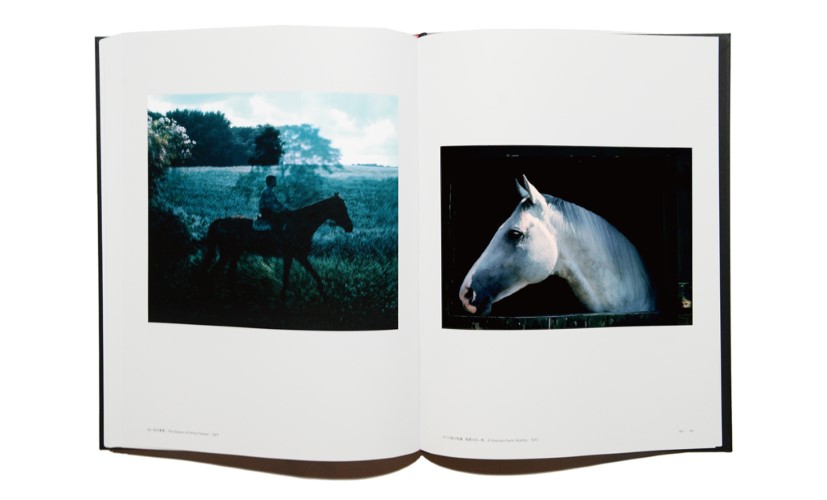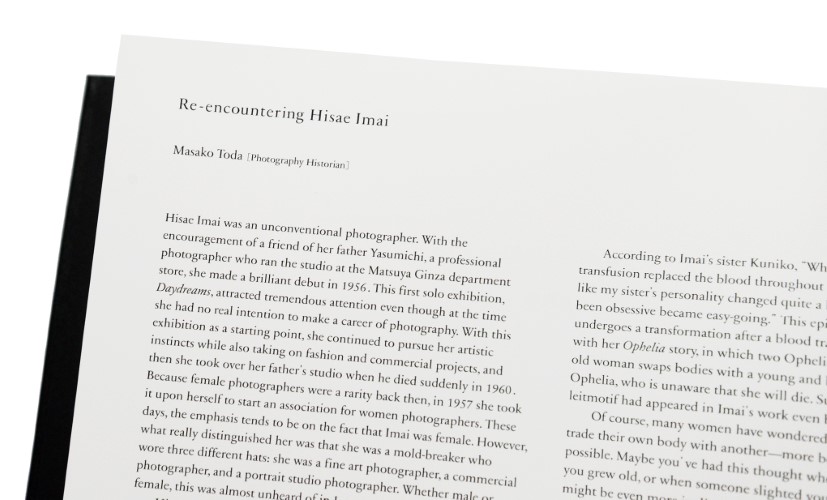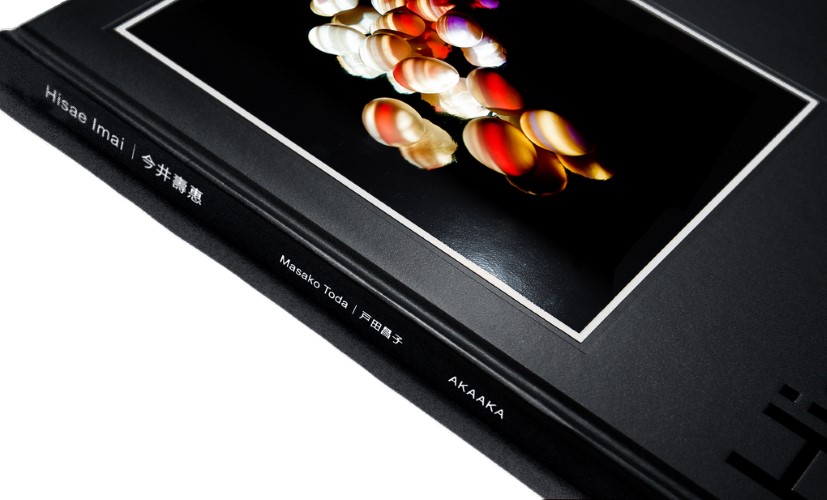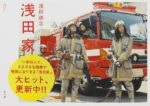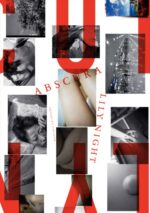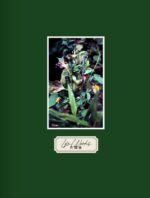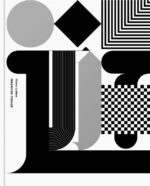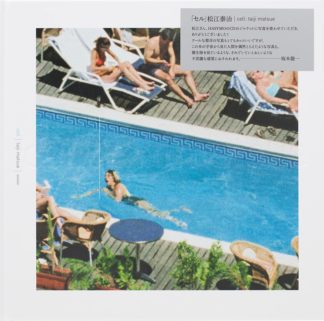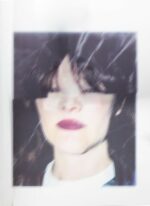Les femmes photographes étaient une rareté au Japon à l’époque, donc en 1957, elle a créé une association pour les femmes photographes. Mettant souvent en scène ses clichés pour créer des photographies ancrées dans l’illusion et la poésie, elle est également allée à l’encontre des normes et a pu se positionner comme une photographe avec un succès commercial, la distinguant de la convetion japonaise.
Dans ce livre, Masako Toda nous invite à revenir sur sa vie, son travail et son héritage.
Female photographers were a rarity in Japan at the time, so in 1957 she established an association for women photographers. Often staging her shots to create photographs that were rooted in illusion and poetry, she also went against norms and was able to position herself as a commercially successful photographer, setting her apart from the establishment in Japan.
In this book, Masako Toda invites us to re-encounter her life, work, and legacy.
“Hisae Imai was an unconventional photographer. With the encouragement of a friend of her father Yasumichi, a professional photographer who ran the studio at the Matsuya Ginza department store, she made a brilliant debut in 1956 . This first solo exhibition, Daydreams, attracted tremendous attention even though at the time she had no real intention to make a career of photography. With this exhibition as a starting point, she continued to pursue her artistic instincts while also taking on fashion and commercial projects, and then she took over her father’s studio when he died suddenly in 1960 . Because female photographers were a rarity back then, in 1957 she took it upon herself to start an association for women photographers. These days, the emphasis tends to be on the fact that Imai was female. However, what really distinguished her was that she was a mold-breaker who wore three different hats: she was a fine art photographer, a commercial photographer, and a portrait studio photographer. Whether male or female, this was almost unheard of in Japan.
Hisae Imai enjoyed smooth sailing as a photographer: in 1959 she received the Japan Photo Critics Association Newcomer’s Award and in 1960 she received Camera Geijutsu magazine’s Geijutsu Art Award. But then tragedy struck on June 1962. A taxi that she was riding in was involved in a traffic accident and she temporarily lost her eyesight. For the photographer, this was a major crisis. The accident left a scar on her face and resulted in her being rejected by her fiancé, and these things must have been painful. Nevertheless, in March of the following year she plunged into her first solo exhibition after the accident, titled Teeth–A Fantasy, and then in June she mounted her seventh solo exhibition featuring the Lone, Rose Party, and Dream Walk series. Sometime around 1965 she became absorbed in photographing racehorses and her exhibitions virtually stopped. The year 1970 marked five years since she had gone to Europe in search of horses, and there was virtually no news of her. Then, in 1975 she mounted her Hippolatry: Enchanted by Horses show, a major success that toured department stores in the cities of Osaka, Kyoto, Tokyo, and Sapporo. Afterwards, she remained active as a horse photographer, and following her death in 2009 the Japan Racing Association awarded her the Equine Culture Award of Merit.
There were the poetic early works–in which forms that combine the abstract and the literal were expressed in then-rare color photographs, as if painting a picture with a photograph–but then she was also a horse photographer, flying hither and thither around the world in pursuit of famous horses. I think that what at first glance appears to be a duality in Imai can be understood in light of the fixation on the body that is expressed in her work. The Ophelia series (1960 ) is perhaps the most acclaimed of her early works. It takes the tragic young noblewoman Ophelia of Shakespeare’s Hamlet as its leitmotif, but the body swap is Imai’s own idea. In Imai’s novel reimagining of the story, just as Ophelia is singing, about to sink into the water, an old woman appears, and after talking with Ophelia they exchange bodies.” – extracted from the presentation “Re-encountering Hisae Imai” by Masako Toda.


